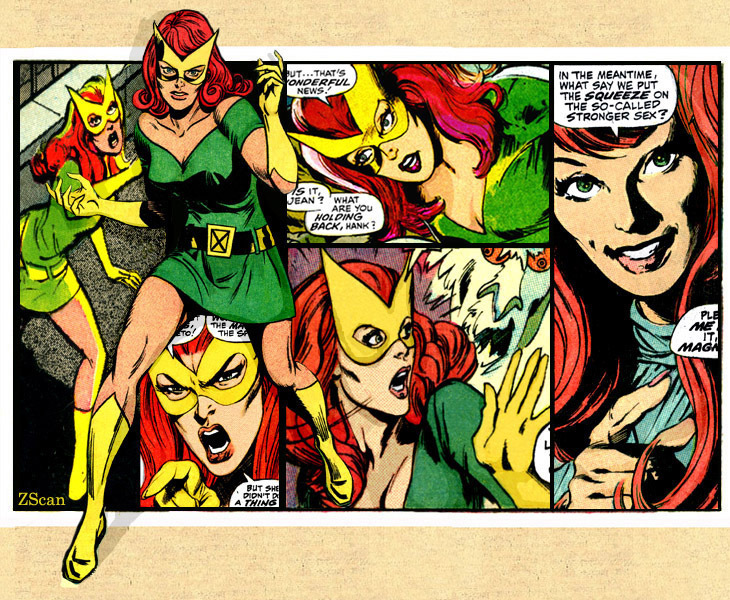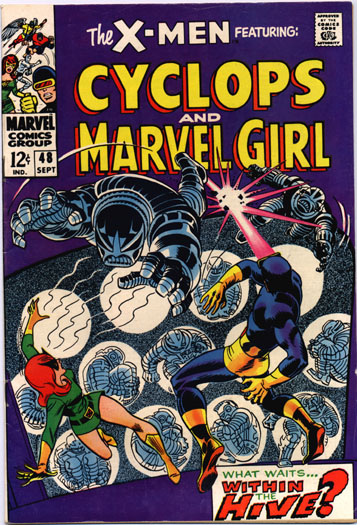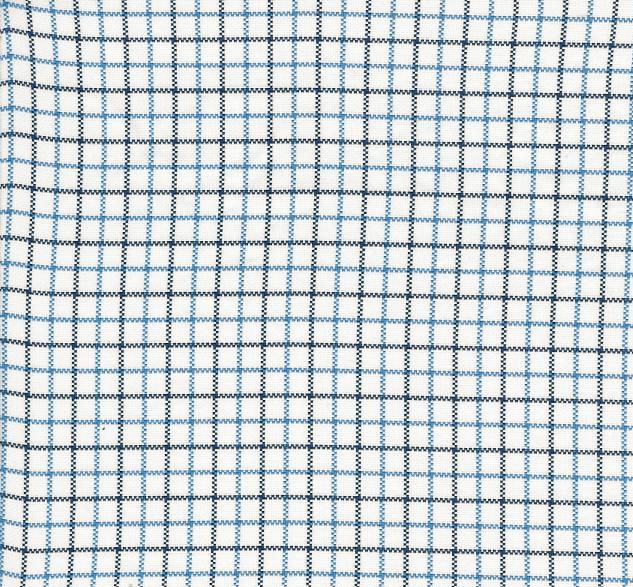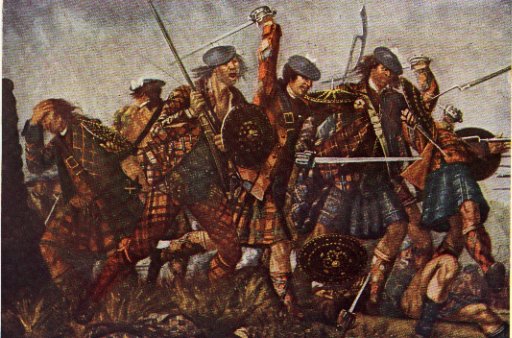Halloween is one of my favorite holidays, because it is practically the only day of the year when I am not the person on the subway wearing wacky clothes. Hooray! Today I spotted a bumble-bee, a butterfly, and a cat riding the red line with me.
While Halloween as we know if today is unique, dressing up and dancing the night away is certainly nothing new. In fact, I would love to attend a fancy dress ball! Here is a description of one from Local Records: or, Historical Register of Remarkable Events, which have Occurred in Northumberland and Durham, Newcastle Upon Tyne, and Burwick Upon Tweed, published in 1833:
"A Subscription Fancy Ball took place in the assembly room Newcastle. The company formed a splendid many of them being very fancifully dressed and without masks They began to assemble about half past nine o clock, at ten the ball was led off...and was kept up with great until one when the company were ushered into the small room where an abundant and elegant cold collation was out...The viands confectionary and jellies were excellent, particularly latter which were most beautifully transparent. ...After supper dancing was resumed and kept up until a hour in the morning There were 212 ladies and gentlemen."
This entry is followed by a list of prominent locals and their costumes. I've selected a few favorites:
Mr. Durham, a dalmatian
Miss Werge, a Scots girl (very neat)
Mr. Jackson, an old gentleman, from the time of Charles the First
Miss Ellison, Variella, in the Weathercock
Doesn't that sound like fun? Something that I love about fancy dress costumes are also the way they maintain current fashions while giving the impression of the selected character or object. While it's a little late to use these this year, in honor of the night here are some fabulous fancy dress ensembles.
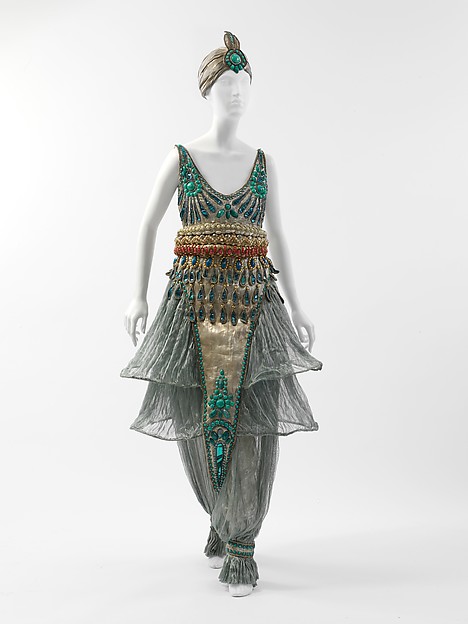 |
| Fancy Dress, 1911, at the Met |
 |
| 1890s |
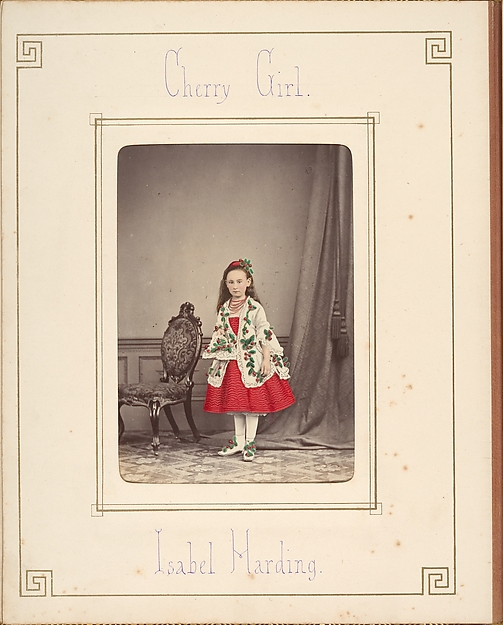 |
| "cherry girl." a souvenir child's photo from a fancy-dress ball, 1880 |
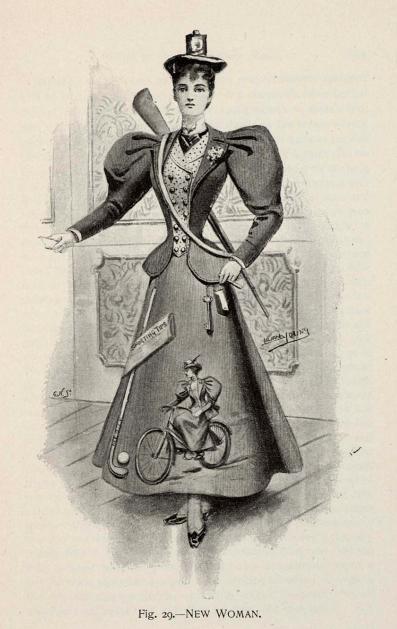 |
| "New Woman" fancy dress, 1896 from Fancy Dresses Described by Arden Holt |
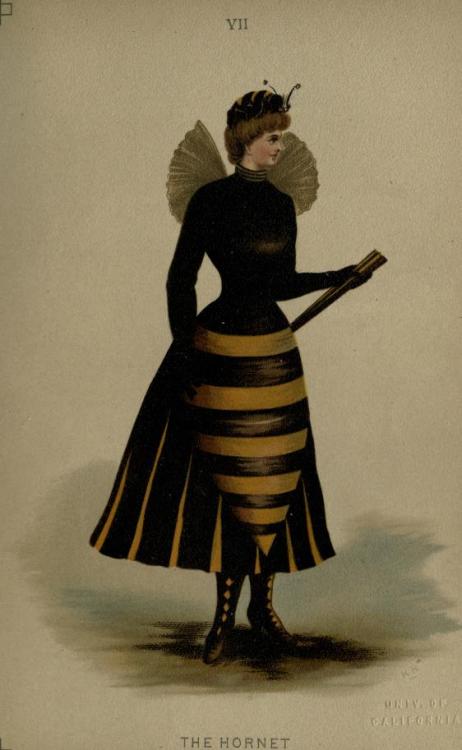 |
| "The Hornet," from Fancy Dresses Described 1887 |
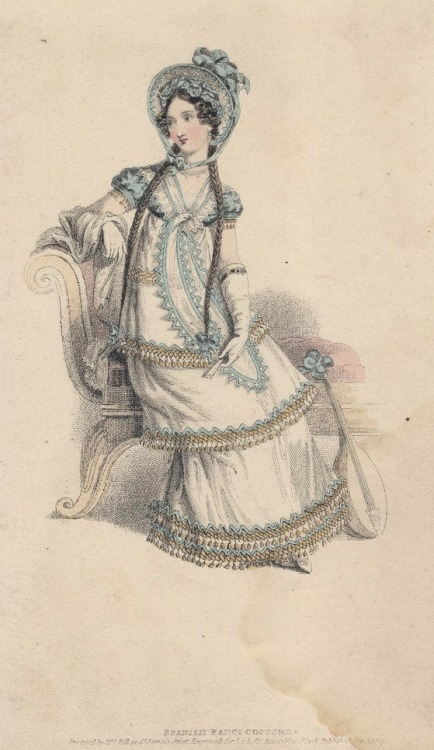 |
| Spanish Fancy Dress, 1819, from La Belle Assemblee |
 |
| "Photography," 1865, in the Musee Mccord |
 |
| couples costume! Vikings, 1898 at the Musee Mccord |
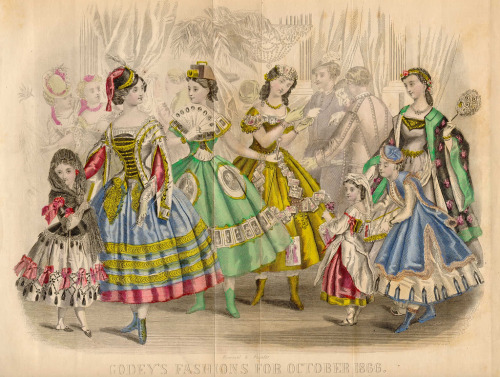 |
| Fancy dress in Godey's, 1866 |































